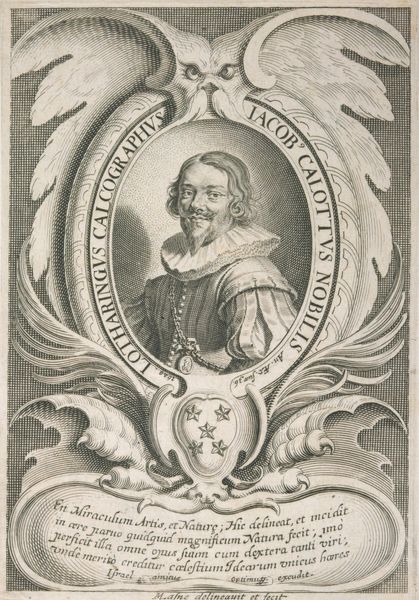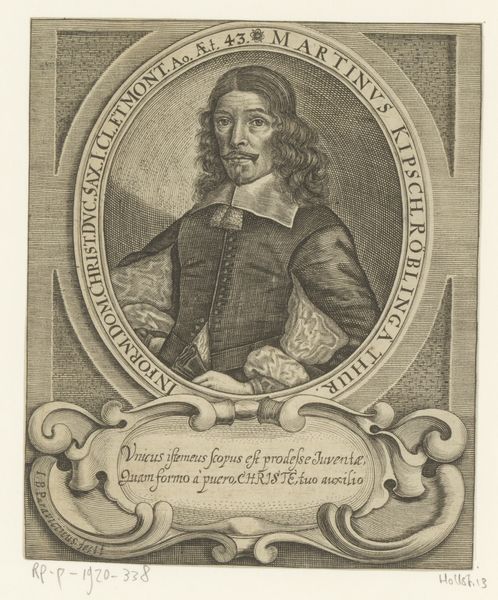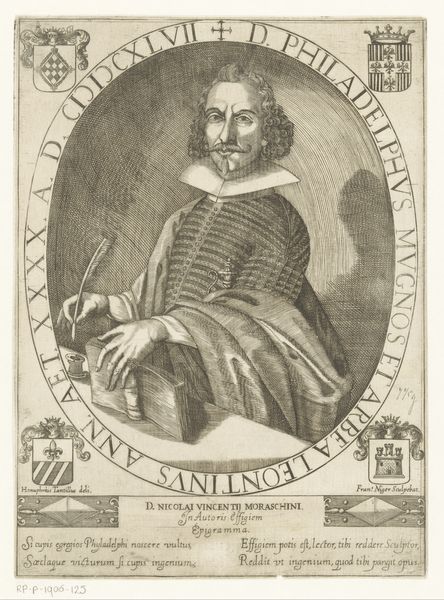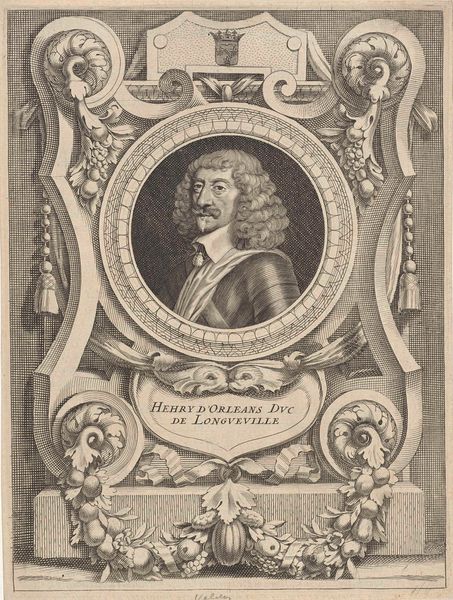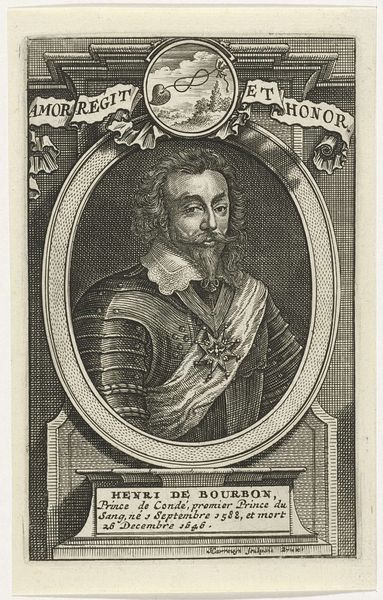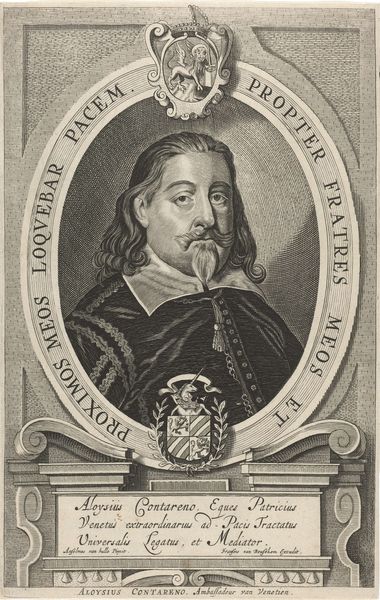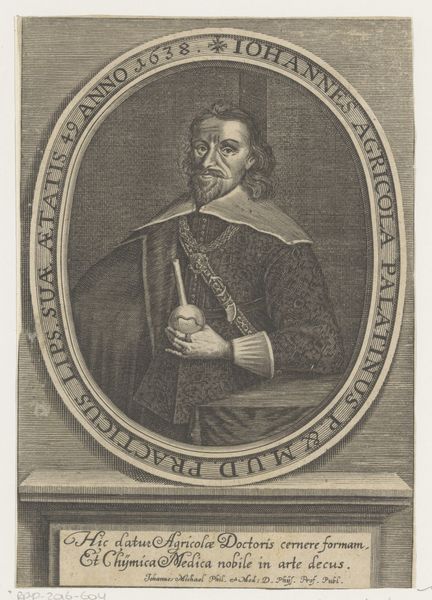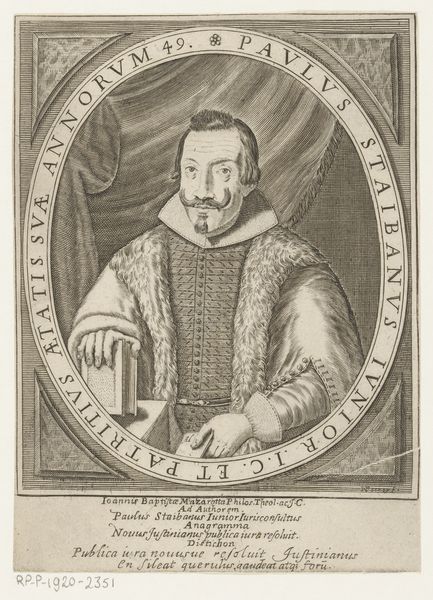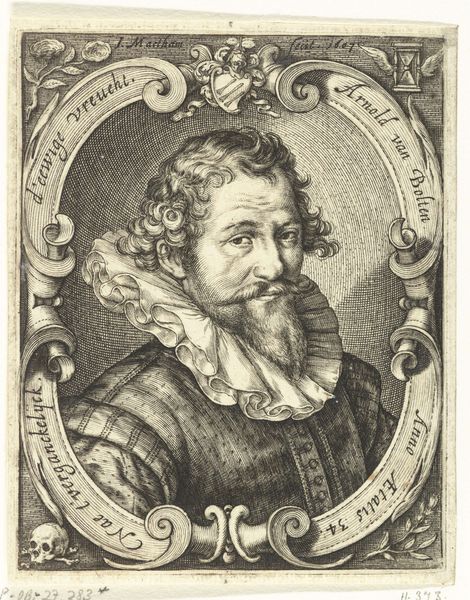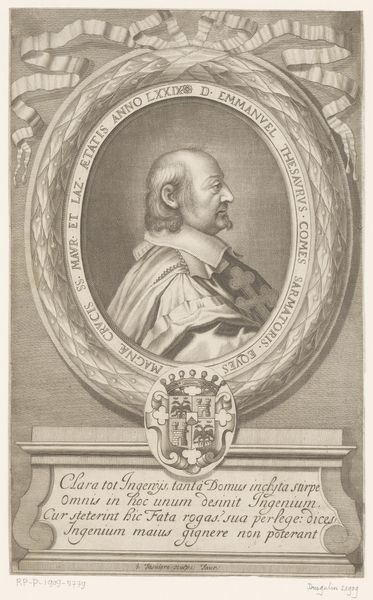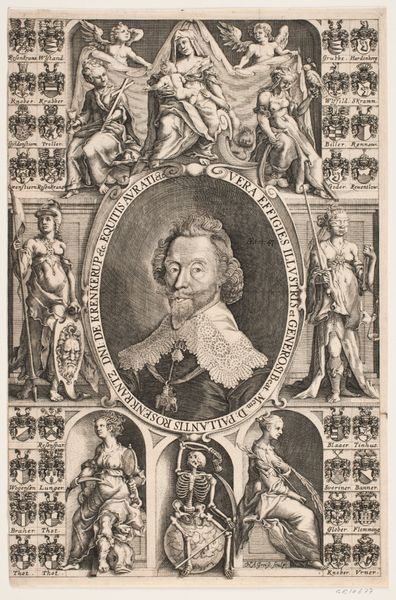
drawing, print, etching, engraving
#
portrait
#
drawing
#
baroque
# print
#
etching
#
caricature
#
portrait drawing
#
engraving
Copyright: National Gallery of Art: CC0 1.0
Editor: This is an engraving titled "Jacques Callot," made with etching techniques. I'm drawn to the incredible detail achieved through printmaking. What are your thoughts on this portrait? Curator: The materiality of this portrait, as an engraving, highlights a very deliberate and labor-intensive process. We can consider it beyond simply depicting the subject. What do the technical aspects tell us about the status of printmaking at the time? Was it regarded as craft, or elevated as an art form alongside painting and sculpture? Consider also the economic context. The reproductive nature of print allowed for wider distribution and consumption of imagery than unique paintings could offer. Editor: That's interesting. I never considered printmaking in terms of its accessibility and distribution like that. So, the value isn't just in the image, but also the implications of its reproduction. Does the inclusion of text around the portrait have meaning? Curator: Absolutely. Consider the "who, how and why". The inclusion of the latin phrase “Mafne delineavit et fecit” specifies who conceived and realised this print. This emphasis challenges traditional notions of artistic genius by highlighting not just individual skill, but also the labor involved and the infrastructure supporting its production. How does this detailed attribution influence our interpretation of Callot's portrait and legacy? Editor: This focus on the creation and distribution really opens my eyes to a whole new perspective on this work. It shows the broader context and work behind this single portrait. Curator: Precisely. By shifting our focus from the image itself to its production and circulation, we uncover the intricate networks of labor, trade, and consumption that shaped art historical narratives.
Comments
No comments
Be the first to comment and join the conversation on the ultimate creative platform.
